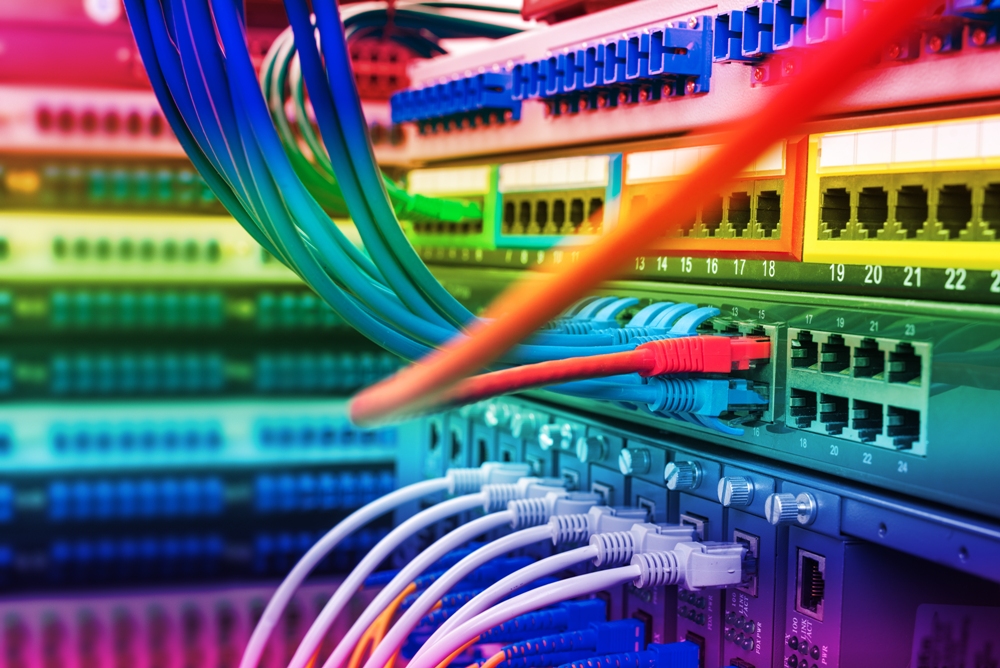E-Waste and Data Centers: How to Recycle Responsibly

By the year 2100, the amount of global waste generated is expected to surge from the current level of 1.3 billion tons a year to 4 billion tons. E-waste, an often overlooked aspect of waste, is growing rapidly and contributing to the flood of excess pollution that is piling up.
According to the International Telecommunication Union (ITU), e-waste levels rose to 44.7 million metric tons in 2016. The ITU predicts this to rise to 52.2 million metric tons by 2021. Not only will this place a significant burden on the already swamped landfills known as ‘e-waste graveyards’, but it will have significant implications for the second-hand phone market.
Redeem, a British company that recycles phones for operators, including Vodafone and O2, reported that sales of previously used phones rose by 18% in 2017. The popularity of refurbished and used phone is set to grow over the next decade, which, according to Analyst house IDC, will reach an estimated market value of $52.7bn by 2022.
Awareness of e-waste and its mass detrimental effect on the environment has grown. In 2017, the United Nations committed to curbing e-waste, when it published its report, ‘United Nations System-wide Response to Tackling E-waste,’ detailing the steps the taken to fight e-waste. Sectors across the supply chain industry have a responsibility to introduce sustainable practices and adapt business models accordingly when processing devices.
It’s important that devices are processed in an efficient and responsible manner, especially in data centers where procedures must be adhered to. A data center is a facility that centralizes an organization's IT operations and equipment, as well as where it stores, manages, and disseminates its data. In the post-GDPR age, the vast amount of data streaming through data centers, especially across devices such as mobile phones, needs to be dealt with accordingly.
Automate!
AI and robotics are being implemented through many industries; data centers are no exception. Hardware automation is more widespread than ever, with technology giants, such as Apple, launching robots to automate the disassembly of second-hand devices. But in order to handle the volumes required for streamlined management properly, automation must offer the ability to deal with large quantities of devices at a low cost.
While this is a positive move in promoting awareness around the issue, automation may not be suitable for large-scale deployment in the supply chain. Firms within the supply chain, where the most waste is created, need to be collaborative and adopt new technologies that will help isolate valuable parts and extend the life of various components or raw materials.
Likewise, data centers must ensure that residual data left on any device within their own channel is thoroughly examined and erased before that device is recycled. Solutions which utilize automation can effectively erase data from devices, while sorting them into the correct channels for efficient recycling.
Untapped Resources
According to the US based Environmental Protection Agency (EPA), recycling one million laptops saves the energy equivalent to the electricity used by more than 3,500 US homes in a year. Recycling one million cell phones can result in thousands of materials recovered, including 35 thousand pounds of copper and 75 pounds of gold. This translates to much larger savings as more organizations around the world implement recycling solutions. The caveat here is that one must make sure that all sensitive personal information and data is securely and verifiably erased prior to reusing or reselling the device.
It’s essential that organizations work alongside IT Asset Disposition (ITAD) and data destruction companies to securely and verifiably sanitize data off of any storage device, verify the data was successfully wiped and keep a record trail of successful erasure. This is particularly helpful in certain industries that have regulatory compliance laws, such as EU’s GDPR and USA’s HIPAA, that work to ensure that sensitive personal information no longer exists.
Once these devices have been successfully sanitized of data from a previous user, they can be placed on the secondary market for resale, broken down for reuse or refurbishing or donated to a charity or school that can make appropriate use of it through the end of the device’s life. Through the implementation of a process flow, data privacy protection is upheld and there’s a reduction in e-waste ultimately benefiting the environment.
It’s never been more important to deal with the growing number of e-waste than it is right now. But we won’t be able to properly combat e-waste without a shift in attitudes, not only on the corporate stage, but on a wider societal level. While the UN’s commitment to tackling the problem is a positive step in the right direction, there is still work to be done on spreading awareness of this issue to consumers. In the future, we can expect to see more solutions designed to improve device processing productivity and efficiency, but real progress will be tied to consumers demanding recycled electronic materials, and device making companies adopting widespread e-waste processing solutions.
Edited by Maurice Nagle

